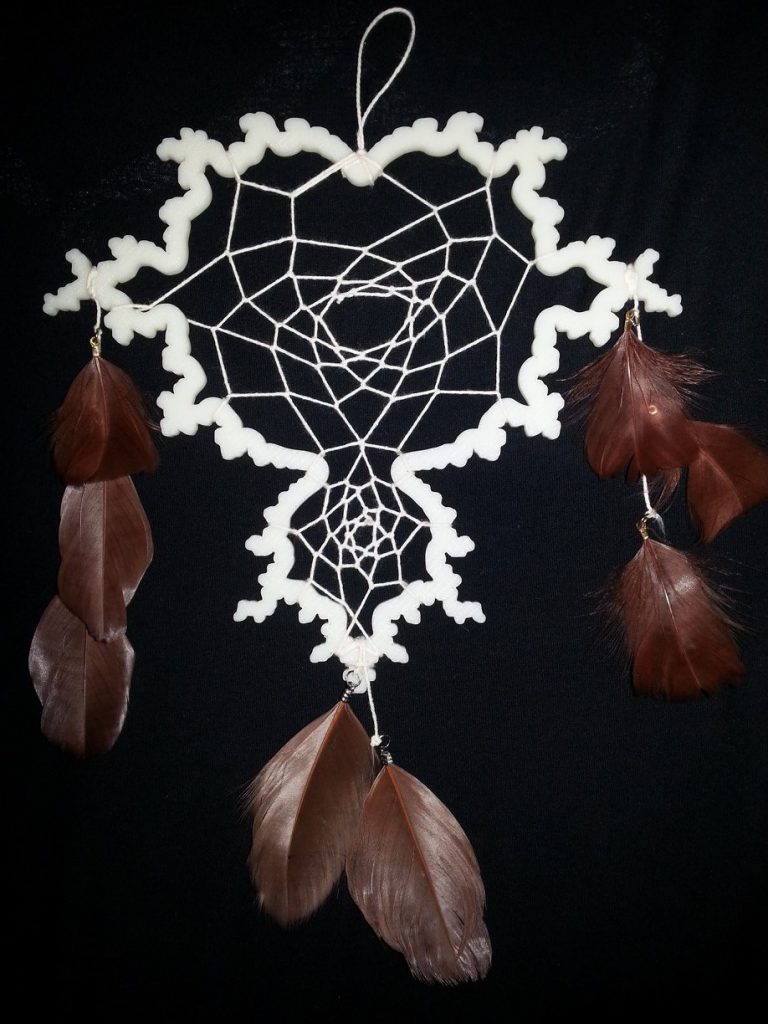When I was at uni I had the one-off opportunity to use a 3D printer. I felt like a kid in a candy store, but if all the candy was plastic and in any shape I wanted.
Naturally, Budding Mathematician Alise used it to print a bunch of fractals. I made a Mandelbrot set and turned it into a dream catcher and thought I was the coolest person in the whole uni (Disclaimer: I really wasn’t).

Fractals are infinitely complex, never-ending patterns that are self-similar across different scales and you can learn more about them here. Now before any cranky geometrists or pedants angrily waggling their fingers at me: I didn’t actually print a fractal because to print something with infinite complexity would be impossible. But I did my best.
Most of my 3D-printed fractals got a bit gross over the years and I had to chuck them out, but my Sierpinski pyramid was a mainstay. That was, until I moved house. During the move, my great big pyramid broke! It shattered into pieces!
But you know what, there’s no point crying over spilled fractals, because now I just have a whole lot more than when I started!

Oh hey, I’ve made a pretty cool hands-on workshop on fractal geometry for middle schoolers. Get in touch if you want to chat about it. You can also learn more about fractal geometry here.